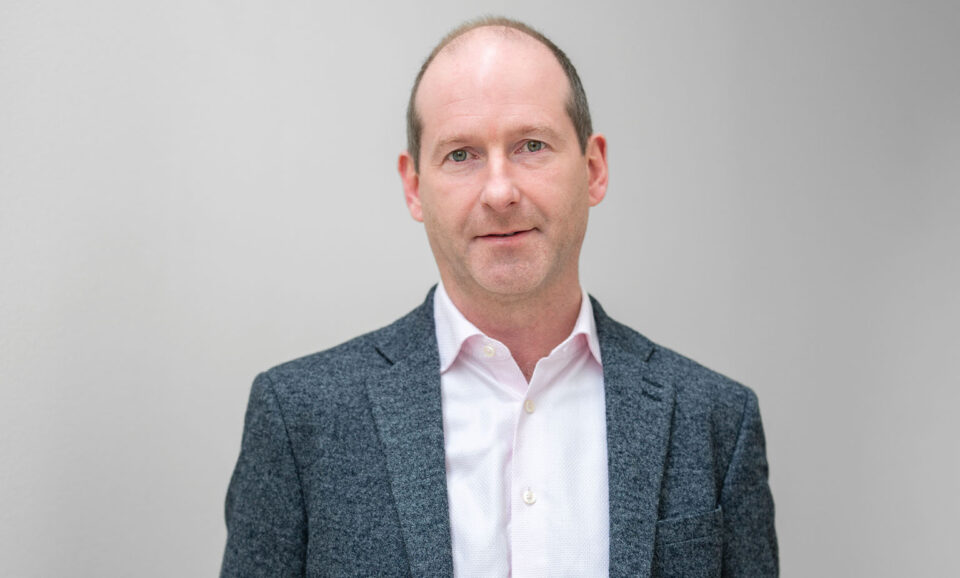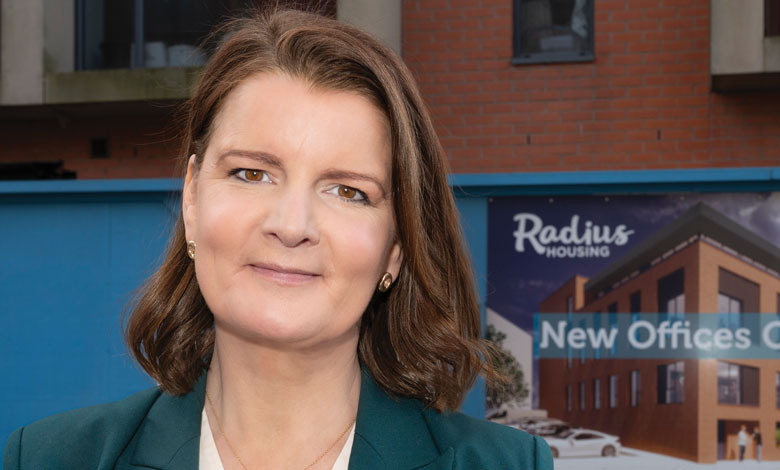Housing trends
31st March 2011Kingspan: fuel poverty and telemetry
22nd December 2011Markets best for long-term finance
 Housing associations need to think outside the box and seek out non-banking sources of income, Nigel Perryman tells Peter Cheney.
Housing associations need to think outside the box and seek out non-banking sources of income, Nigel Perryman tells Peter Cheney.
“Don’t put all your funding eggs in the one financial basket” is Nigel Perryman’s main message to housing associations as he encourages them to consider seeking finance on the capital markets.
Perryman is The Housing Finance Corporation’s relationships manager and has worked in finance for large corporations, housing associations and within the wider property sector.
Speaking at the Northern Ireland Housing Conference, he noted that banks’ current preference is to lend over shorter terms than was the case in the past. Reform of the banking system is not guaranteed but it is certain that costs will increase. Indeed, he foresaw 10-20 years ahead of rising interest rates.
As an illustration of UK banks’ influence, the top six British banks account for 88 per cent of deposits. This compares to 68 per cent for the top seven in Germany and 35 per cent for the USA’s top eight.
Bonds are commonly used in the utilities sectors, normally over 30-40 years and are issued at a considerable cost. Boards “tend to be quite conservative” and are not as familiar with the capital markets as with banks. As a former housing association finance director, he appreciates the pressure they are under and the need to take time and research the issues.
Interviewed by agendaNi afterwards, he emphasised that regulation was driving up bank costs: “The biggest change is that associations have always borrowed long term in line with their business plan.”
Banks account for 80 per cent of housing association finance but “don’t want to play the long-term game”. Capital markets are “probably one of the few sources of genuine long-term finance.”
Associations do need the two. Going forward, it would be practical to approach banks for short-term funding and capital markets or some other provider for the long-term funding.
He encouraged finance directors to see this model as “protecting against instability in interest rates” which were now at historically low levels. Research and lobbying the board would take a lot of work but shouldn’t preclude looking at the capital markets.
“The association that gets the balance right between short-term and long-term funding,” he concluded, “is probably the one that is putting itself in the strongest position going forward through what will undoubtedly be a delicate financial period.”






